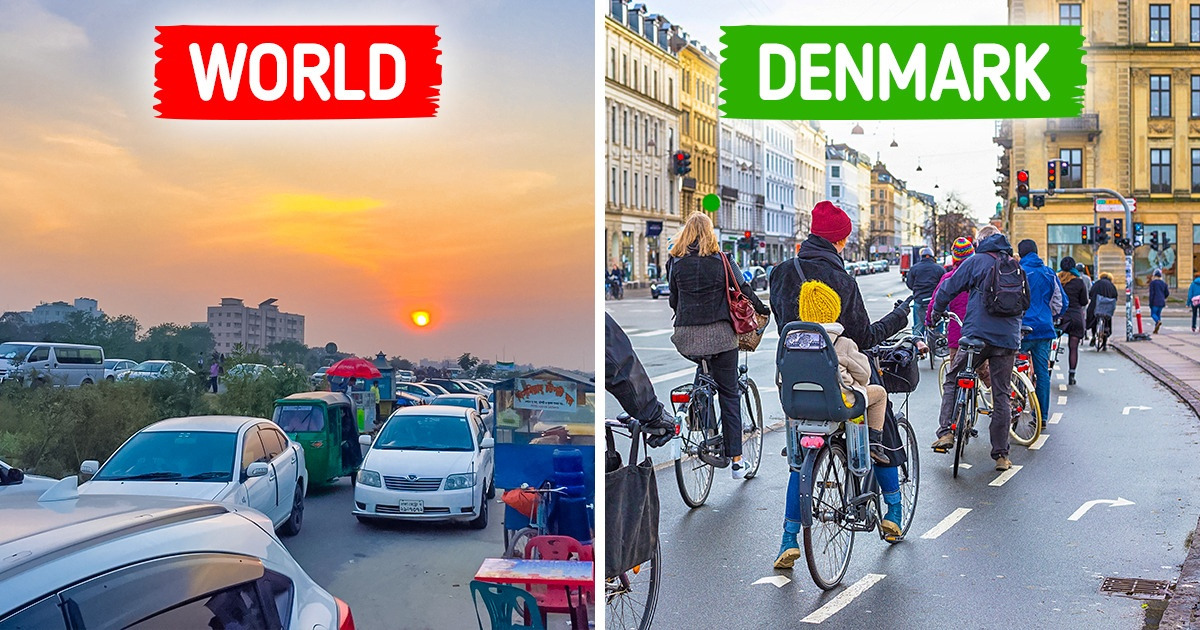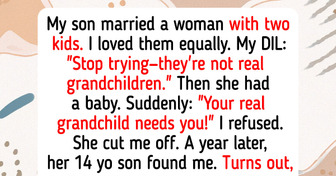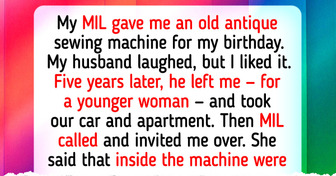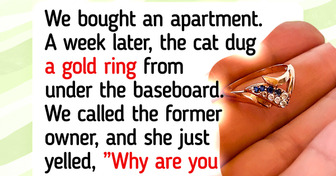My Friend Said I Was Cheap for Splitting the Bill—But Karma Hit Back Fast


Renewable energy, water management, and waste recycling are substantial concerns for Denmark. Yale’s 2020 greenest country excelled in almost every indicator of environmental health due to its long history of making significant commitments to improving air quality and safe drinking water.
We at Bride Side are fascinated by the ways Denmark fights environmental issues. That’s why we wanted to share 10 innovations that justify its place among the world’s most sustainable countries.
Statistics say that one-third of all the food produced for human consumption is thrown away. Wasting food also contributes to climate change, as its production and distribution require significant amounts of energy and water.
To fight food waste, Denmark has opened the first supermarket that sells expired products or products with damaged packing at a discount. WeFood sells products that are removed from other stores but are still perfectly safe to use. By lowering the amount of wasted food, this supermarket makes an effective step toward fighting climate change.
It seems like pools are an unnecessary excess for a country surrounded by the sea, such as Denmark. But the good news is that pools can also be environmentally-friendly. Harbor Bath is a seawater pool complex designed by the architectural firm, Bjarke Ingels Group (BIG). Constructed from sustainable Swedish pine, this bathing complex can accommodate 650 guests and, besides swimming, offers 2 saunas.
With all kinds of food available all year round, eating seasonally and locally are just personal choices in the modern world. However, food that has traveled thousands of miles to reach our grocery stores is significantly lower in nutrients and has a massive carbon footprint. Because of that, Danish company Nordic Harvest has created a wind-powered vertical farm. The entire facility is placed in a single building and produces around 1,000 tons of food annually while drastically reducing the carbon footprint.
Energy islands are a part of the project that aims to halt the rise of global warming. The islands will gain energy from offshore winds, which is a step toward getting rid of fossil fuel energy. Denmark’s energy islands will serve as a green energy supply and are expected to produce energy for 5 million households.
Danes seem to take the no-waste lifestyle seriously. The city of Aalborg has found a new use for old wind turbine blades. Made of materials that are hard to be recycled, blades in this city are not thrown away, but instead turned into bike shelters.
The University of Strathclyde estimates that by 2050, there will be 2 million tonnes of wind turbine waste. Therefore, reusing them will cut the demand for new steel and reduce the carbon generated in concrete production.
BKI Foods is a Danish company that sets an example for developing new sustainable solutions. The new coffee bag, created in cooperation with Polyprint, is 99% recyclable.
Although the change is invisible to the eye, the shift in materials reduces the weight of plastics in production by 15%. Thanks to that, the carbon in production is reduced by 23%. And, what is most important for all coffee-lovers, the coffee still tastes the same.
Amager Bakke is a waste-to-energy facility in Copenhagen. It exports energy both for hot water and the power grid. Besides that, 15%-20% of the incoming waste can be reused for road construction.
The rooftop of Amager Bakke provides hiking trails during summer and turns into a ski slope during the winter months. This way, the unused part of the building also has its purpose.
National Maritime Museum is located near the Kronborg Castle, the setting for Shakespeare’s Hamlet. To preserve the view from the UNESCO World Heritage Site, the entire structure is built underground. The 60-year-old dock walls are completely untouched, with the galleries placed below the ground. This position makes the dock the centerpiece of the exhibition.
Jægersborg Dyrehave, an earlier hunting ground, is an oak forest inhabited by around 2,000 deer and included in the UNESCO World Heritage Site. The forest hasn’t been touched for approximately 350 years.
It is strictly forbidden to cut the trees unless they present a threat to visitors. And when they naturally fall from age, they are not removed, but instead are left to decompose on their own. A huge national forest consists of 5 areas and hosts around 7 million guests annually.
Concerns about air pollution and climate change turned Copenhagen into the world’s most bike-friendly city. Since 9 out of 10 Danes own a bike, it’s not surprising that in 2018 there were 675,000 bicycles and just 120,000 cars in Copenhagen. Thanks to the network of paths and innovative bridges, Copenhagen is one of the safest places to be a cyclist.
Is your country investing in eco-friendly projects that promote sustainability? What are you as an individual doing to contribute to the fight against climate change?











